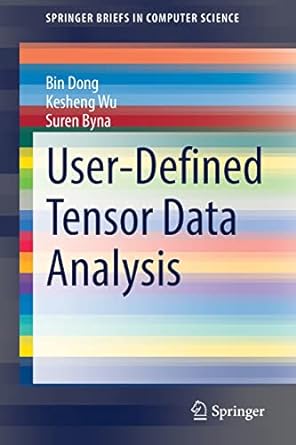Answered step by step
Verified Expert Solution
Question
1 Approved Answer
Please answer every sub - question. Thanks! 1 5 . 1 . Each of the following problems describes an algorithm implemented on a computer satisfying
Please answer every subquestion. Thanks! Each of the following problems describes an algorithm implemented on a computer satisfying the axioms and For each one, state whether the algorithm is backward stable, stable but not backward stable, or unstabie, and prove it or at least give a reasonably convincing argument. Be sure to follow the definitions as given in the text a Data:EC Solution: z computed as b Data: C Solution ; cuillpuLed as c Data: x C Solution: computed as rrA machine satisfying will give exactly the right answer, but our definitions are based on the weaker condition d Data: C Solution: computed as Theta Again a real machine may do better than our definitions based on e Data: none. Solution: e computed by summing k from left to right using and stopping when a summand is reached of magnitude f Data: none. Solution: e computed by the same algorithm as above except with the series summed from right to left
Step by Step Solution
There are 3 Steps involved in it
Step: 1

Get Instant Access to Expert-Tailored Solutions
See step-by-step solutions with expert insights and AI powered tools for academic success
Step: 2

Step: 3

Ace Your Homework with AI
Get the answers you need in no time with our AI-driven, step-by-step assistance
Get Started


